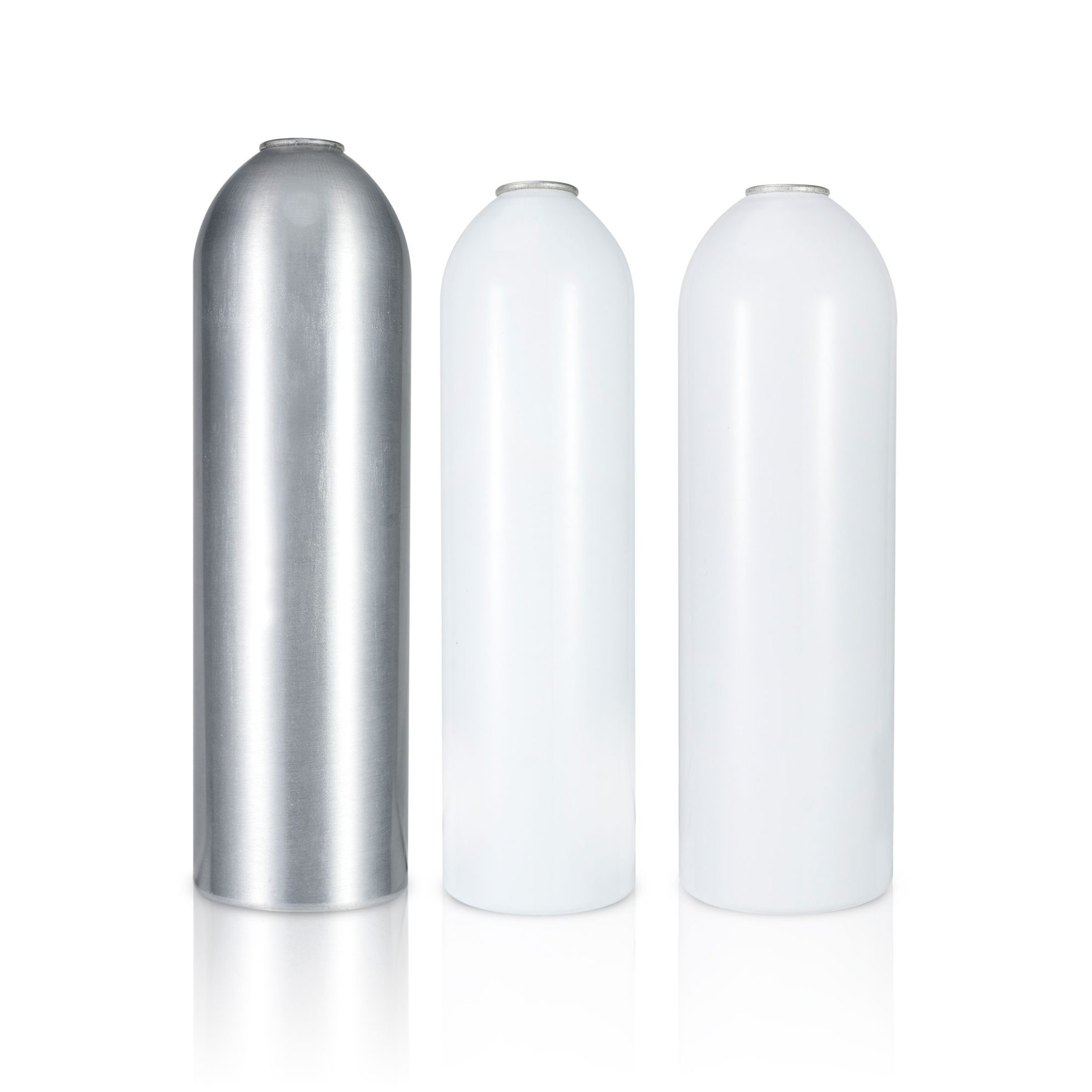The Global Plastic Bottle Recycling Crisis
1. Shockingly Low Recycling Rates
Globally, less than 9% of all plastic waste is recycled, according to the OECD. For plastic bottles specifically, the numbers are slightly higher but still dismal. In the U.S., approximately 29% of PET plastic bottles are recycled, per the EPA. Europe fares better, with rates around 50% due to stricter regulations, but even this progress is undermined by “downcycling”—turning bottles into lower-quality products like textiles or carpets that eventually become waste.
In developing nations, the picture is bleaker. Countries lacking infrastructure often recycle less than 10% of plastic bottles, with the rest burned, dumped, or left to pollute ecosystems. For example, Southeast Asia’s rivers carry millions of tons of plastic waste into oceans annually, with single-use bottles comprising a significant share.
2. The Downcycling Dilemma
Recycling plastic bottles rarely creates new bottles. Most are downcycled due to material degradation. PET plastic loses integrity after each reuse, requiring virgin plastic to produce new bottles. This perpetuates reliance on fossil fuels—98% of single-use plastics are made from virgin petroleum. Even when recycled, a plastic bottle might only be reused 2–3 times before becoming unrecoverable waste.
Why Plastic Recycling Systems Fail
1. Cost and Complexity
Recycling plastic is expensive and energy-intensive. Sorting, cleaning, and processing contaminated bottles raises costs, making virgin plastic cheaper. Many municipalities abandon recycling programs due to financial strain, especially after China’s 2018 ban on imported plastic waste disrupted global markets.
2. Microplastic Pollution
Unrecycled plastic bottles break into microplastics, infiltrating soil, waterways, and food chains. A study in Environmental Science & Technology found that bottled water contains 240,000 nanoplastic particles per liter, linked to health risks like inflammation and hormone disruption.
3. Carbon Footprint
Producing single-use plastic bottles generates 6 kg of CO2 per kilogram of PET—2,000 times more energy-intensive than tap water. Incinerating unrecycled plastic releases toxins, while landfills leak methane, a potent greenhouse gas.
Aluminum Bottles: A Closed-Loop Solution
1. Infinite Recyclability
Unlike plastic, aluminum retains its properties indefinitely. 75% of all aluminum ever produced is still in use today, per the Aluminum Association. Recycling aluminum saves 95% of the energy required to make new metal, creating a true circular economy.
2. Higher Recycling Rates
Aluminum beverage containers boast a global recycling rate of 69%, with leaders like Brazil and Japan exceeding 90%. In the U.S., aluminum cans are recycled at 50%—nearly double the rate of plastic bottles—due to economic incentives and efficient collection systems.
3. Environmental Advantages
- Zero Microplastics: Aluminum doesn’t degrade into harmful particles.
- Lower Carbon Impact: Recycling aluminum cuts emissions by 92% compared to virgin production.
- Ocean-Friendly: Aluminum sinks in water, reducing its role in marine litter compared to buoyant plastic.
The Role of Consumers and Businesses
1. Shifting Consumer Preferences
A 2023 Nielsen survey found 73% of global consumers would pay more for sustainable packaging. Reusable aluminum bottles—durable, lightweight, and stylish—align with this demand. Brands like S’well and Hydro Flask have popularized aluminum options, reducing reliance on single-use plastics.
2. Corporate Responsibility
Businesses are adopting aluminum to meet ESG goals. Coca-Cola and PepsiCo now sell water in aluminum cans, while startups like CanO Water replace plastic entirely. Such shifts prevent 8 million metric tons of plastic from entering oceans annually.
3. Policy Support
Governments are incentivizing aluminum use. The EU’s Single-Use Plastics Directive taxes non-recyclable packaging, while U.S. states like California reward companies for using recycled aluminum.
Conclusion: Embracing Aluminum as the Future
The plastic bottle recycling crisis reveals a broken system. With 91% of plastic waste never recycled, the shift to aluminum bottles offers a viable path to sustainability. Aluminum’s infinite recyclability, lower environmental toll, and growing adoption by consumers and corporations position it as the clear successor to single-use plastics. By choosing aluminum, we can curb pollution, conserve resources, and build a circular economy—one refill at a time.




